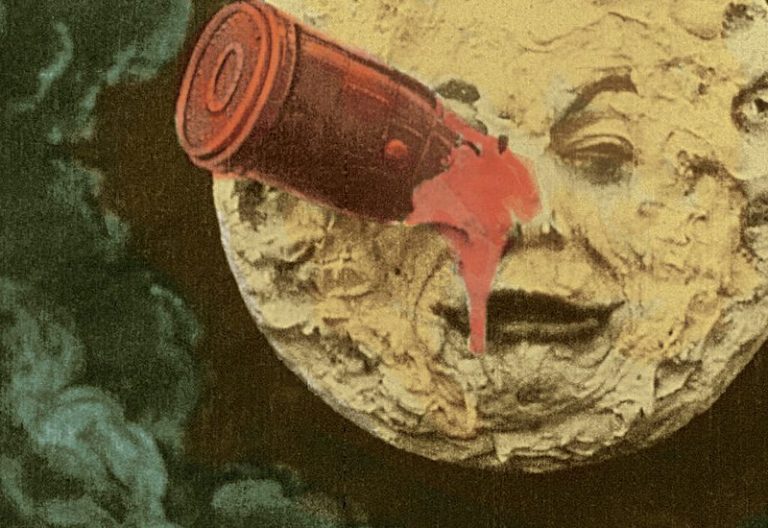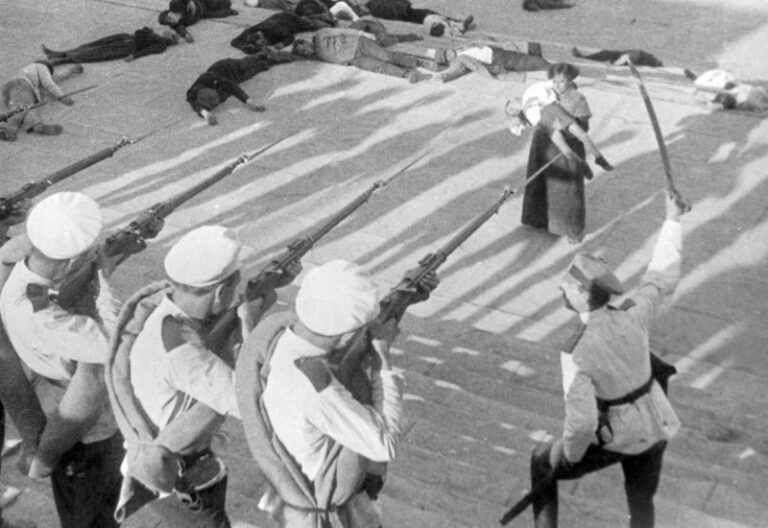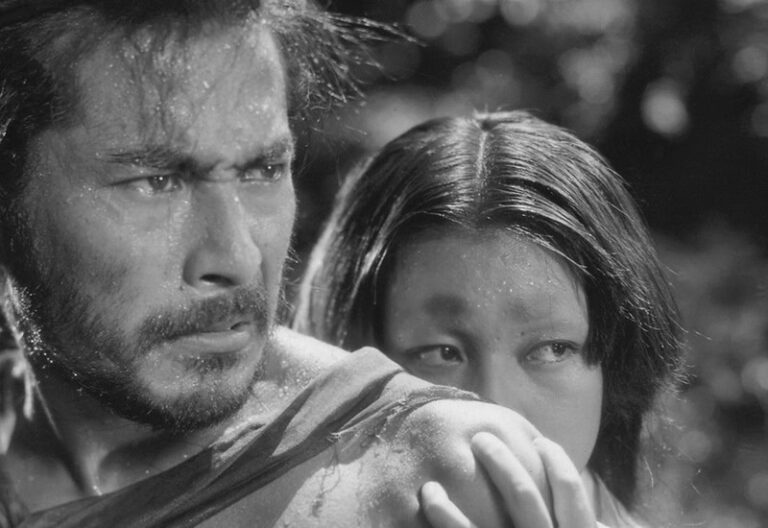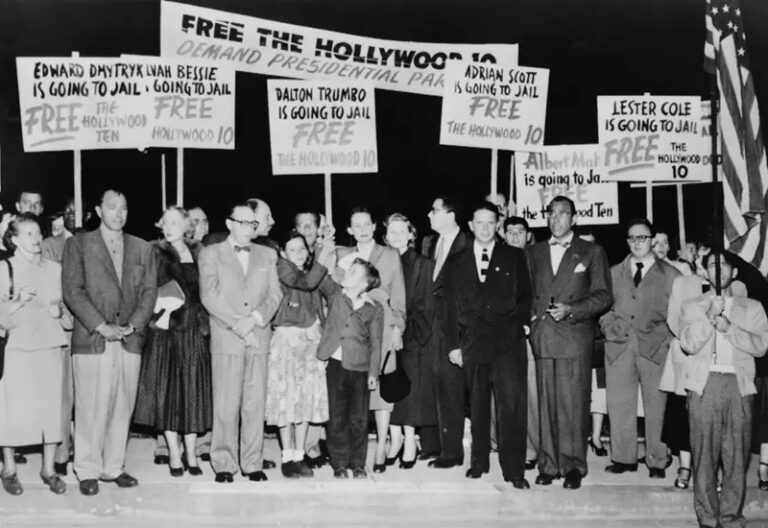the beginner's guide to silent films
Silent films, originating in the late 19th century, represent the foundation of modern cinema. Characterized by their lack of synchronized sound, these films relied on visual storytelling, expressive acting, and live musical accompaniment to convey their narratives. Despite the eventual shift to “talkies” in the late 1920s, the influence and artistic achievements of silent cinema continue to be celebrated and studied to this day.
Published by: CinemaWaves Team | Filed Under: Film Blog
History of Silent Films
Early beginnings: Silent films trace their origins to the late 19th century when inventors like Thomas Edison and the Lumiere brothers pioneered motion picture technology. Edison’s Kinetoscope, introduced in 1891, allowed individuals to view short films through a peephole. The Lumiere brothers’ Cinematographe, introduced in 1895, combined a camera, projector, and printer in one device, making it more versatile and practical. Their public screening of “Workers Leaving the Lumière Factory” in 1895 is often regarded as the birth of cinema.
The nickelodeon era: By the early 1900s, the popularity of silent films grew with the advent of nickelodeons, small theaters that charged a nickel for admission. These venues made films accessible to a broader audience and spurred the growth of the film industry. The simplicity and affordability of nickelodeons contributed to the rapid spread of cinema as a popular entertainment form.
Innovations in filmmaking: The 1910s saw significant advancements in filmmaking techniques and narrative complexity. Filmmakers like Georges Melies expanded the potential of cinema with special effects and imaginative storytelling, as seen in his groundbreaking film “A Trip to the Moon” (1902). Meanwhile, Edwin S. Porter’s “The Great Train Robbery” (1903) introduced parallel editing and dynamic action sequences, demonstrating the potential for narrative filmmaking.
The studio system and the rise of Hollywood: As the film industry matured, Hollywood emerged as the epicenter of film production, thanks to its favorable climate and diverse landscapes. The studio system developed, with major studios like Universal, Paramount, and Warner Bros. establishing themselves as dominant forces in the industry. These studios built expansive backlots and controlled every aspect of production, distribution, and exhibition, leading to a more standardized and efficient film production process.

Characteristics of Silent Films
Intertitles: Text cards inserted between scenes provided dialogue, exposition, and narrative context. They were essential for advancing the plot and explaining complex story elements.
Exaggerated acting: Without spoken dialogue, actors used expressive body language, facial expressions, and gestures to convey emotions and actions. This style of acting was necessary to ensure that audiences could understand the story.
Live musical accompaniment: Silent films were often accompanied by live music, ranging from a single pianist to a full orchestra. The music enhanced the emotional impact and provided auditory cues for the action on screen.
Innovative visual techniques: Filmmakers experimented with camera angles, lighting, special effects, and editing to tell their stories visually. Techniques such as cross-cutting, close-ups, and montage editing were developed during this period.


Golden Age and Iconic Silent Films
The 1920s marked the golden age of silent films, characterized by artistic and technical innovation. Some of the era’s most iconic figures and films include:
Charlie Chaplin: One of the most recognizable figures of silent cinema, Chaplin created the beloved character “The Tramp,” who became an icon of the era. His films, such as “The Kid” (1921) and “The Gold Rush” (1925), combined humor with social commentary, reflecting on societal issues with a comedic touch. Chaplin’s unique blend of slapstick, pathos, and astute observation made him a pioneer in the industry and solidified his legacy as a cinematic legend.
Buster Keaton: Known for his deadpan expression and physical comedy, Keaton starred in classics like “Sherlock Jr.” (1924) and “The General” (1926). Meticulous attention to detail and daring stunts set him apart from his contemporaries, earning him the nickname “The Great Stone Face.” Keaton’s approach to visual storytelling and his ability to blend comedy with elaborate action sequences have left a lasting impact on film comedy.
D.W. Griffith: A pioneering director, Griffith’s epic films “The Birth of a Nation” (1915) and “Intolerance” (1916) showed his innovative use of narrative structure, cross-cutting, and large-scale production. Despite the controversy surrounding “The Birth of a Nation” for its racist content, Griffith’s technical advancements and storytelling techniques significantly influenced the development of cinematic language. His work laid the groundwork for future filmmakers and helped establish film as a powerful medium for storytelling.
German Expressionism: This artistic film movement influenced silent cinema with its stylized visuals and themes of psychological horror and alienation. Notable films include “The Cabinet of Dr. Caligari” (1920) by Robert Wiene and Fritz Lang’s “Metropolis” (1927), which used exaggerated sets, stark lighting contrasts, and surreal imagery to convey complex emotional states and social commentary. German Expressionism’s emphasis on mood and atmosphere significantly shaped the visual style of horror and film noir genres in later years.

End of the Silent Era
and Transition
to Sound
The transition from silent films to “talkies” began in the late 1920s with the development of synchronized sound technology. The breakthrough came with the release of “The Jazz Singer” in 1927. It featured synchronized dialogue and musical performances, demonstrating the potential of sound in cinema. The success of “The Jazz Singer” led to a rapid shift in the industry, with studios investing heavily in sound technology and production.
The transition to sound greatly impacted the film industry. Many silent film actors, whose voices did not suit the new medium, saw their careers decline, or in some cases – end. The production process also became more complex and expensive, requiring new equipment and soundproof stages. Despite these challenges, the advent of sound brought new opportunities for storytelling and led to the creation of many classic films.
By the early 1930s, silent films had largely been replaced by sound films, marking the end of the silent era. However, the legacy still endures. Silent films are celebrated for their artistic achievements and pioneering contributions to the medium. Film festivals, restorations, and screenings continue to keep the spirit of silent cinema alive, allowing contemporary audiences to appreciate the groundbreaking works that shaped the early years of filmmaking.
Refer to the main page for more educational insights on filmmaking and cinema history.
German Expressionism stands out as one of the most distinctive styles in the era of silent film. Expressionism, as an artistic movement, originally emerged in poetry…
The Cinema of Attractions refers to an early style of filmmaking, popular in the late 19th and early 20th centuries, that prioritized spectacle and visual novelty over storytelling…
Juxtaposition is a powerful storytelling technique where two or more contrasting elements are placed side by side to highlight their differences or to create a new, often more…
The Rashomon Effect refers to a phenomenon where different people provide contradictory interpretations of the same event. The term originated from Akira Kurosawa’s…
Film theory is the academic discipline that explores the nature, essence, and impact of cinema, questioning their narrative structures, cultural contexts, and psychological…
The studio system was a dominant force in Hollywood from the 1920s to the 1950s. It was characterized by a few major studios controlling all aspects of film production…






